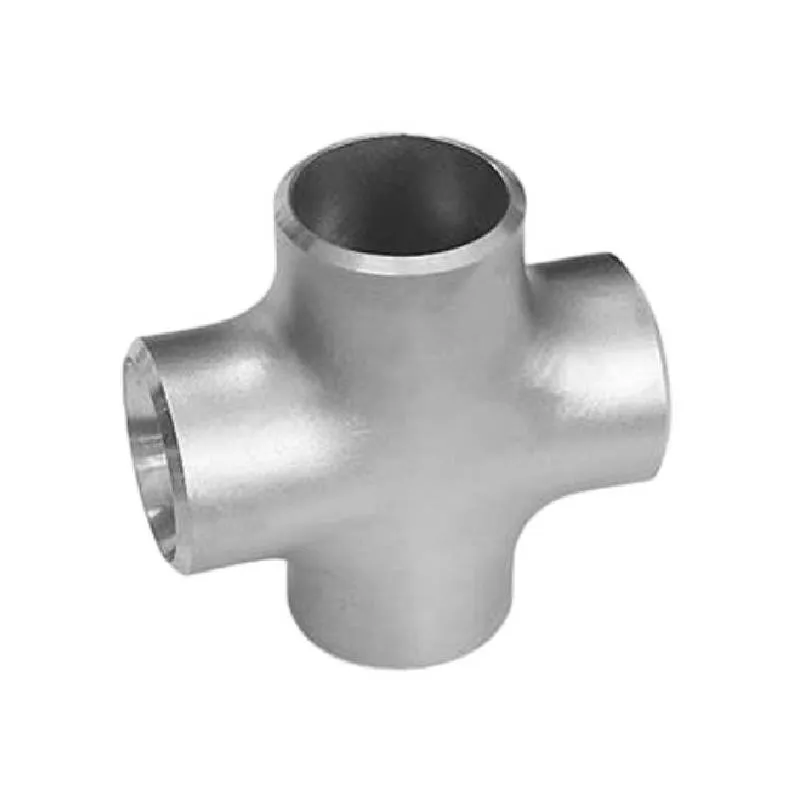-
Cangzhou Yulong Steel Co., Ltd.
-
Phone:
+86 13303177267 -
Email:
admin@ylsteelfittings.com
- English
- Arabic
- Italian
- Spanish
- Portuguese
- German
- kazakh
- Persian
- Greek
- French
- Russian
- Polish
- Thai
- Indonesian
- Vietnamese
- Zulu
- Korean
- Uzbek
- Hindi
- Serbian
- Malay
- Ukrainian
- Gujarati
- Haitian Creole
- hausa
- hawaiian
- Hebrew
- Miao
- Hungarian
- Icelandic
- igbo
- irish
- Japanese
- Javanese
- Kannada
- Khmer
- Rwandese
- Afrikaans
- Albanian
- Amharic
- Armenian
- Azerbaijani
- Basque
- Belarusian
- Bengali
- Bosnian
- Bulgarian
- Catalan
- Cebuano
- China
- China (Taiwan)
- Corsican
- Croatian
- Czech
- Danish
- Esperanto
- Estonian
- Finnish
- Frisian
- Galician
- Georgian
- Kurdish
- Kyrgyz
- Lao
- Latin
- Latvian
- Lithuanian
- Luxembourgish
- Macedonian
- Malgashi
- Malayalam
- Maltese
- Maori
- Marathi
- Mongolian
- Myanmar
- Nepali
- Norwegian
- Norwegian
- Occitan
- Pashto
- Dutch
- Punjabi
- Romanian
- Samoan
- Scottish Gaelic
- Sesotho
- Shona
- Sindhi
- Sinhala
- Slovak
- Slovenian
- Somali
- Sundanese
- Swahili
- Swedish
- Tagalog
- Tajik
- Tamil
- Tatar
- Telugu
- Turkish
- Turkmen
- Urdu
- Uighur
- Welsh
- Bantu
- Yiddish
- Yoruba

Sep . 17, 2024 23:51 Back to list
stainless steel pipe price per foot
Understanding Stainless Steel Pipe Pricing Per Foot
Stainless steel pipes have become a staple in various industries, including construction, automotive, aerospace, and food production, thanks to their durability, corrosion resistance, and aesthetic appeal. One critical factor for those looking to source stainless steel pipes is the pricing, particularly the cost per foot, which can significantly impact budgeting and project planning.
The price of stainless steel pipes per foot can vary widely based on several factors. The first significant factor is the grade of stainless steel used. Different grades, such as 304 and 316, offer varying levels of corrosion resistance and strength, which in turn affects pricing. For instance, 316 stainless steel possesses more significant resistance to chlorides than 304, resulting in higher costs.
Moreover, the pipe's diameter and wall thickness play an essential role in determining the price. Generally, larger diameters and thicker walls necessitate more raw materials and additional manufacturing processes, making them more expensive. For example, a 1-inch diameter pipe may cost considerably less per foot than a 3-inch diameter pipe due to material and production differences.
Another critical consideration is the manufacturing process. There are two primary production methods for stainless steel pipes welded and seamless. Seamless pipes, produced without a weld, typically have a higher strength and are preferred in high-pressure applications, leading to higher costs per foot. In contrast, welded pipes, which are formed from flat sheets, are usually less expensive and are used in less demanding applications.
stainless steel pipe price per foot

Market dynamics also significantly influence stainless steel pipe pricing. Factors like demand in various markets, availability of raw materials, and fluctuations in global trade policies can cause prices to rise or fall. For instance, during periods of high demand, such as a construction boom, prices may increase. Conversely, in a saturated market or during economic downturns, prices might see a decrease.
Shipping and handling costs are additional aspects that can affect the final price per foot for stainless steel pipes. Suppliers may include transportation charges, especially if the pipes need to be shipped long distances. Packaging and freight costs can add up, particularly for large orders.
Furthermore, the buying method can impact pricing. Bulk purchases often come with a discount, whereas small orders may carry a premium. Many suppliers offer competitive pricing structures for larger orders, incentivizing businesses to buy in bulk to minimize costs.
Lastly, it’s essential to consult multiple suppliers to gauge the market price for stainless steel pipes per foot. Online resources, such as supplier catalogs and price lists, can provide valuable insight into current trends and averages, helping buyers make informed decisions.
In conclusion, the price of stainless steel pipes per foot is influenced by several factors, including material grade, pipe dimensions, manufacturing processes, market conditions, and shipping logistics. Understanding these elements can help buyers navigate the complex landscape of stainless steel pricing, allowing for better budgeting and smarter purchasing strategies. Whether you're working on a small project or a large industrial installation, being informed about the costs associated with stainless steel piping will facilitate more efficient planning and execution.
Latest news
-
ANSI 150P SS304 SO FLANGE
NewsFeb.14,2025
-
ASTM A333GR6 STEEL PIPE
NewsJan.20,2025
-
ANSI B16.5 WELDING NECK FLANGE
NewsJan.15,2026
-
ANSI B16.5 SLIP-ON FLANGE
NewsApr.19,2024
-
SABS 1123 FLANGE
NewsJan.15,2025
-
DIN86044 PLATE FLANGE
NewsApr.19,2024
-
DIN2527 BLIND FLANGE
NewsApr.12,2024
-
JIS B2311 Butt-Welding Fittings LR/SR 45°/90° /180°Seamless/Weld
NewsApr.23,2024











